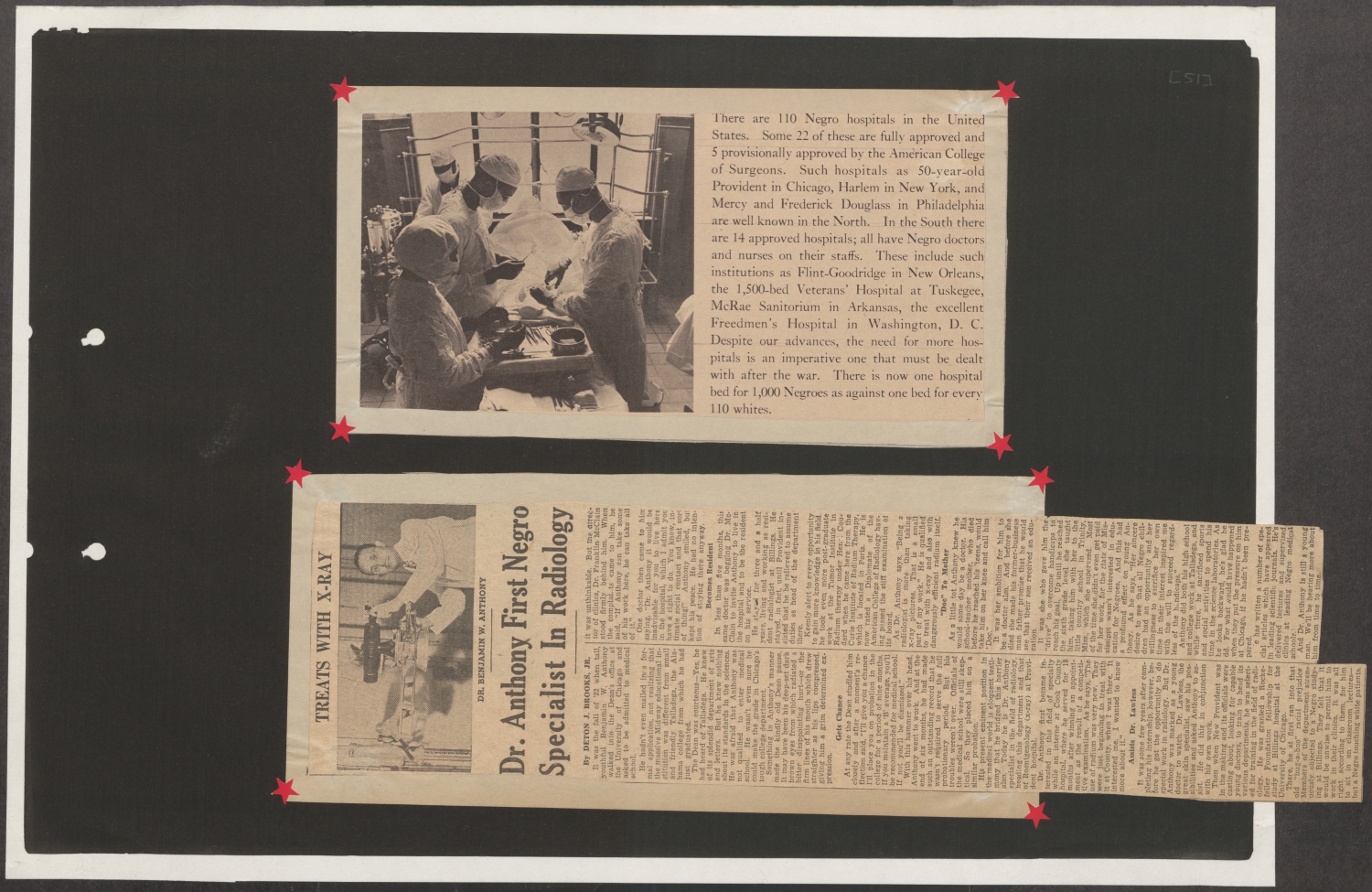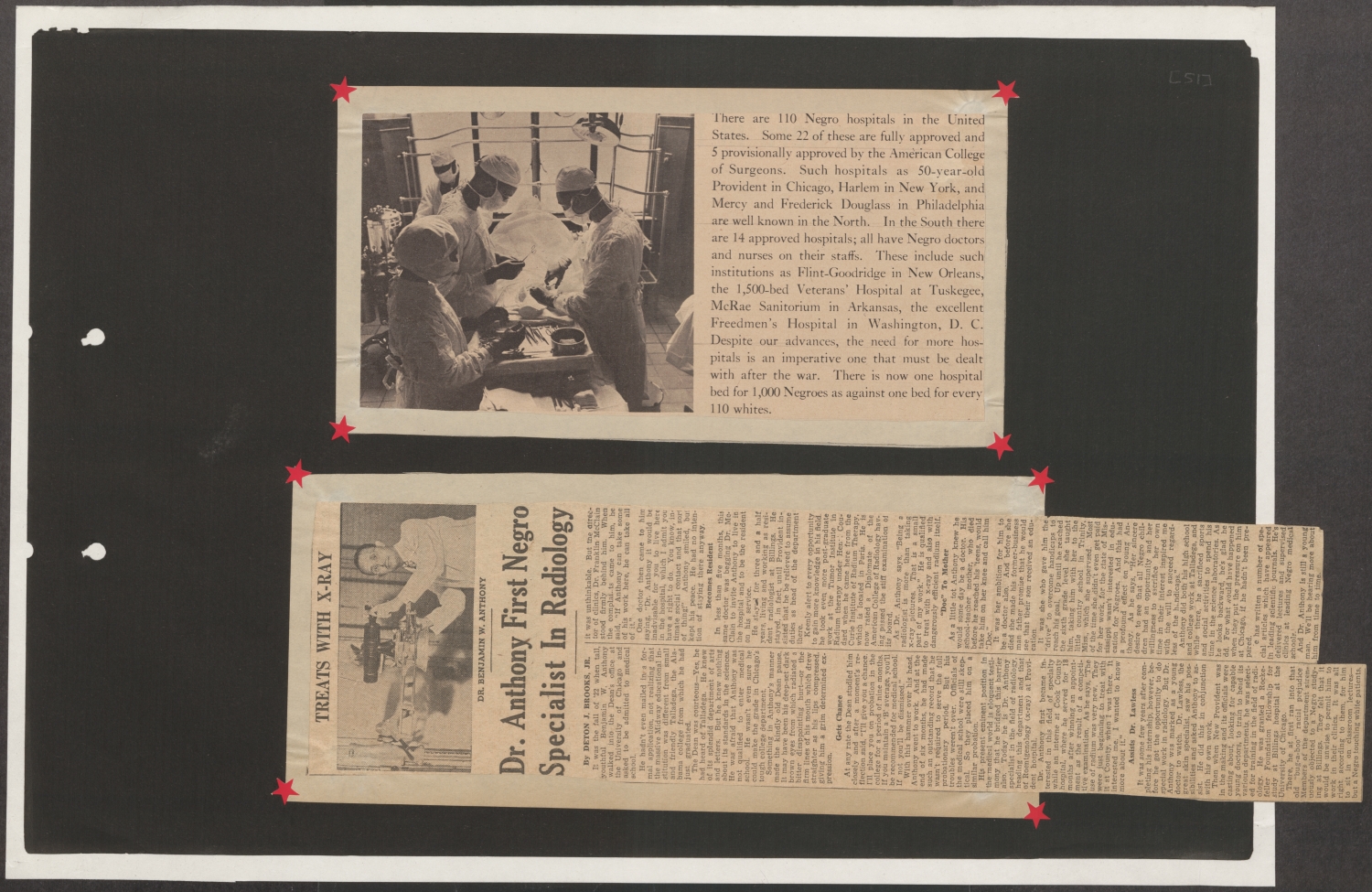Healthcare and Racial Segregation
Introduction
The history of segregation in American healthcare goes back to the period of slavery when slave owners established a system of rudimentary medical care for enslaved workers. Slave owners were concerned about the health of enslaved African Americans for one reason: They wanted the enslaved to be healthy enough to be able to work. After the Civil War, when slavery was officially abolished, a network of segregated hospitals and other healthcare facilities emerged across the United States and especially in the South. Well into the 20th century, black hospitals struggled with providing proper care to their patients. Insufficient funding created notorious equipment shortages. Because of racial segregation that existed in medical education, there were also not enough black physicians and nurses. Few white doctors or nurses were willing to work in hospitals for black patients.
In this activity, you will analyze a short newspaper note on the state of hospitals in the United States in 1944. The note will help you understand how few simple numbers (statistical data) can tell a complicated story that affected millions of lives.
Activity Questions
The following questions pertain to the top newspaper clipping in the image.
- How many hospitals that served African Americans were in the United States around 1944?
- Were they approved by the American College of Surgeons? (I.e., did they meet the standards that the American College of Surgeons outlined for hospitals?)
- Statistically, how many African Americans and how many white Americans were there for one hospital bed?
- What do these numbers tell you? Was access to hospitals in the 1940s equal for all Americans? Why could African Americans not go to seek medical help in the existing hospitals for white Americans?
Primary Sources
To learn more about the primary sources featured in the activities above, click the following links:
Arkansas Social Studies Standards
African American History, Grades 9-12
- Strand: Seeds of Change 1920-1950
- Content Standard 5: Students will analyze the African American experience from 1920-1950.
- SC.5.AAH.1 Analyze change and continuity in the African American cultural identity using primary and secondary sources
- SC.5.AAH.3 Analyze social, economic, and political actions of African Americans in the early 20th century
Downloadable Guides and Handouts
We encourage K-12 educators to use History Alive: Virtually! in a way that will best match their classroom needs. The “Exercise” handout includes a complete exercise as featured on this website, the “Primary Sources” handout includes only primary sources used in the exercise, and the “Questions” handout includes analytical questions from the exercise but is editable and can be easily changed to best match students’ needs.
Healthcare and Racial Segregation – Exercises


